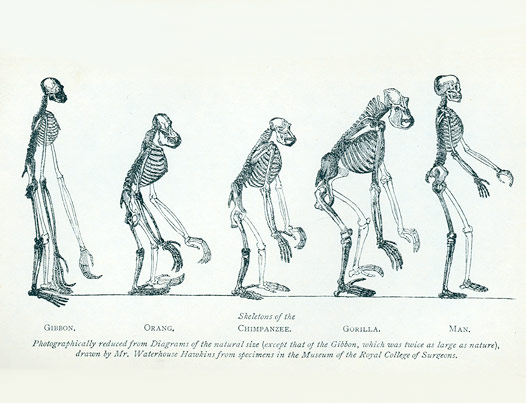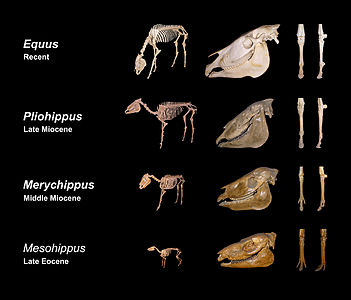Alate_One
Well-known member
You can have great morphological differences with very little genetic difference. You can simply look at the wide variety of dogs and then recognize that they are all far closer to one another genetically than an individual human is to any other. Conversely you can have wide differences in genetics and very similar appearance.The morphological similarities between chimps and humans are also far outweighed by their morphological differences. Plus, the morphological similarities are also shared between other species as well and therfore cannot be considered to be unique to the chimp human relationship. You said that if I could allow such great evolution in the lineage of horses, why not allow it in the evolution of ape to man. This is assuming that changing the chromosome structure is a huge evolutionary change. It seems obvious that zebras and horses are of the same kind. Yes, there is a great variety in the number of chromosomes. I think i was in error on that restriction and agree that such evolution of chromosome number would also be possible in an ape to man evolution if that indeed did happen.
But I think you are being dishonest with yourself if you are willing to accept whales and hippos are the same kind but chimps and humans cannot be? The genetic similarities are FAR greater between humans and the great apes.
But in morphology there isn't an extreme amount of difference between humans and great apes. If we were talking about any other group of animal, you would readily acknowledge these are the same "kind".


Full Resolution here

